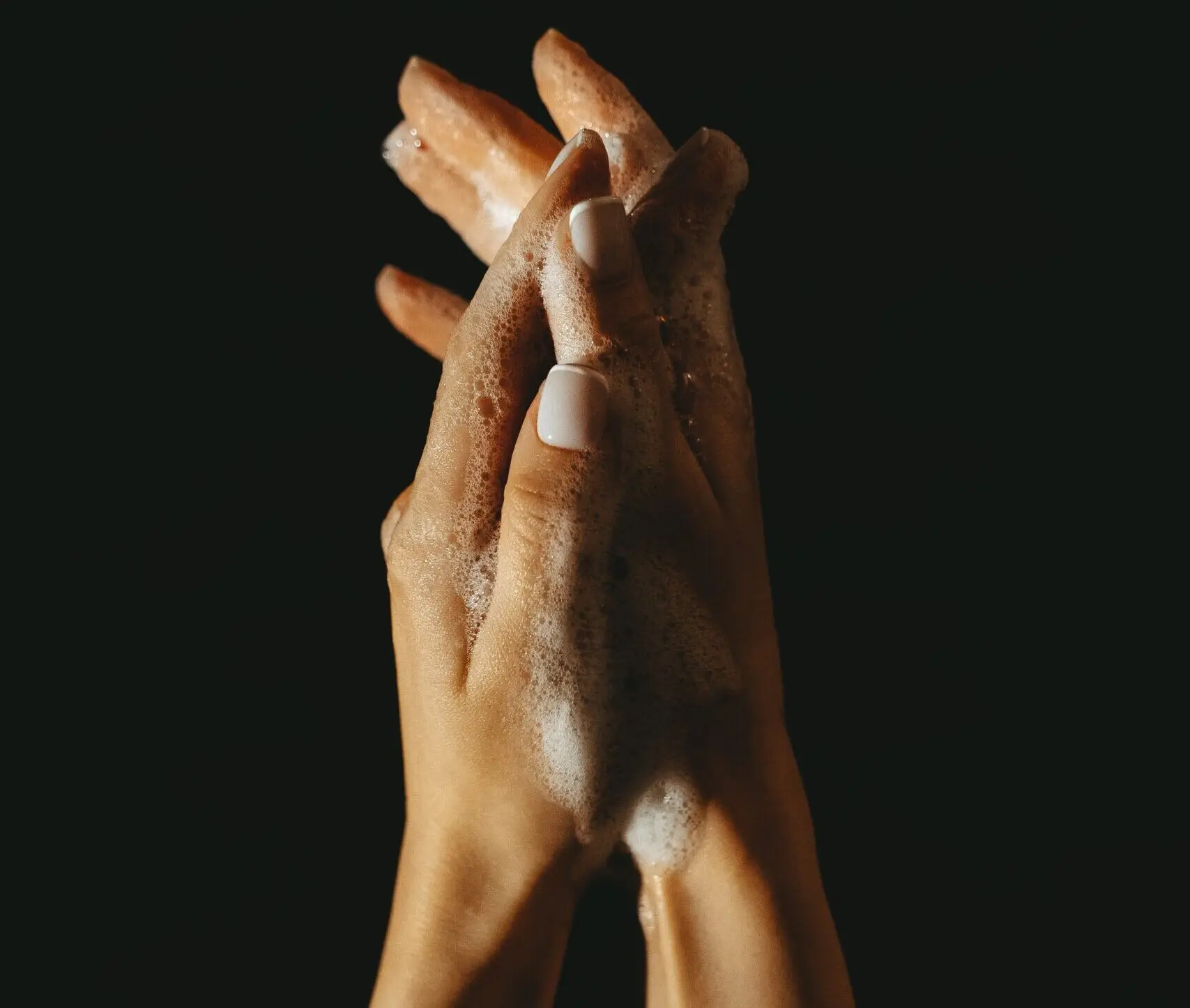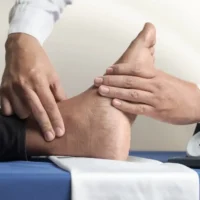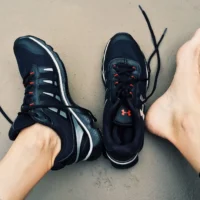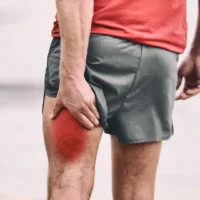Question… Which is the largest organ in the human body? A lot of people think the answer is the brain, lungs or liver when asked this question. When in fact, the answer is the skin. All of the skin combined in a big heap would weigh more than any other organ. The skin equates to approximately 7% of total body weight in an average adult. It’s an incredibly intricate structure that forms the outer layers of our bodies. But why do we have skin? Read on to find out all the cool things our skin does for us…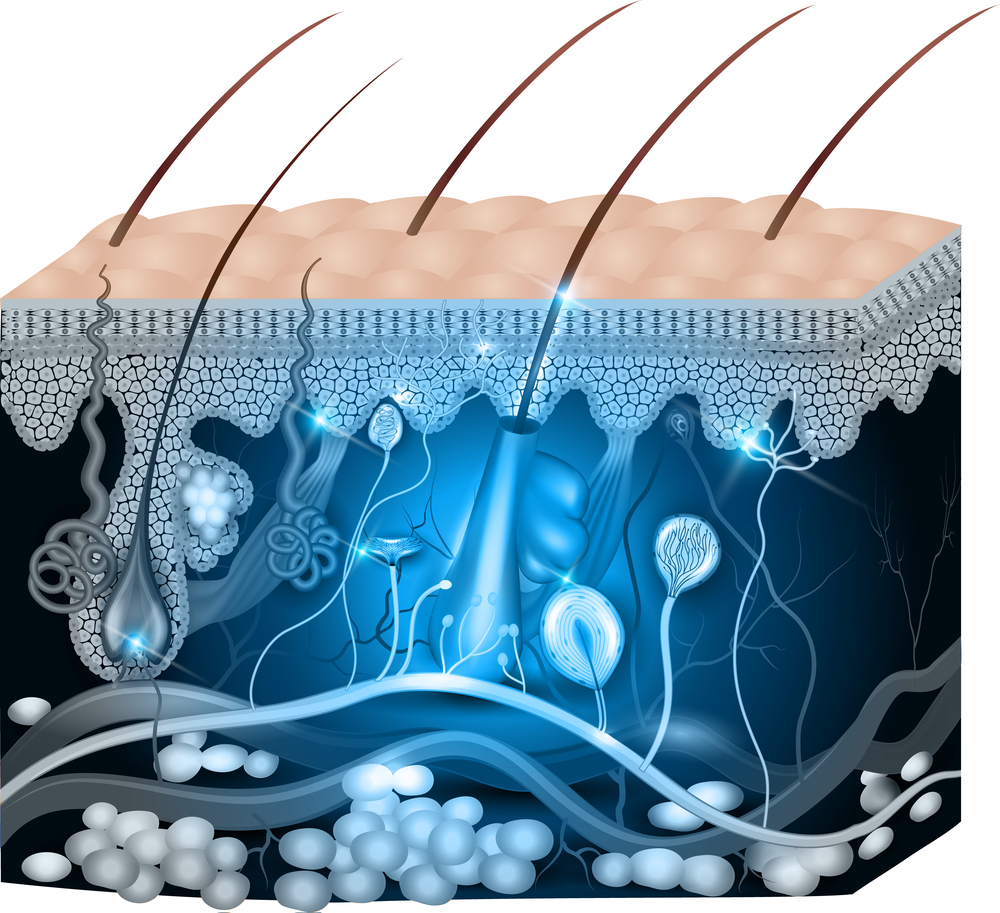
Functions of the skin
The skin has six main jobs to do on a day-to-day basis. These include:
Controlling body temperature
This organ does a fantastic job of keeping our body temperature stable. It does this in two ways: through sweating, and changes in blood flow, depending on the temperature of the air around us. If we are in a hot climate, our body releases sweat from glands in the skin. The blood vessels that run through our skin also get wider allowing increased blood flow, therefore further releasing heat from the body. This process reverses in cold climates. We sweat less and the blood vessels get narrower, reducing the amount of blood flow which helps the body retain heat. Magic!
Storing blood
The skin also acts as a reservoir for our blood. Within the thin layers there are lots of blood vessels which, at rest (i.e. sitting or lying down), hold somewhere between 8-10% of the total blood in the body. That’s a LOT of blood
Protection
Our bodies are covered in one big protective coating. The skin protects us from the outside world and much of what it throws at us. Our skin is made up of very tightly packed, minuscule cells that produce a hardy protein known as Keratin. This protects the tissues inside us from heat, scratches, chemicals and any nasties that are floating around. Special glands in the skin produce an oily substance which covers our skin and hairs to stop them from drying out. Our sweat is also acidic and protects against nasty germs. Pigment in our skin protects us from the sun’s harmful UV rays. Finally, there are other special types of cells that recognise any nasties that have made their way through the layers and alerts our immune system to send in the soldiers to kill the unwanted guests. It really works hard to keep you safe!
Sensation
Within its layers, there are thousands of tiny structures known as receptors, which help us to detect certain sensations. Nerve endings do a similar job. These sensations include touch, vibration, pressure, tickling, heat, cold, and pain.
Absorption and excretion
I.e. taking in and getting rid! Absorption refers to the movement of substances from the outside world, through the skin and into our bodies. We can absorb certain vitamins, drugs (think about a hydrocortisone cream), gases (oxygen and carbon dioxide), as well as many other substances through our skin. Many of these are good substances that we need to live. Others can be harmful to our bodies. Excretion refers to the removal of waste substances from the body. Our sweat is one way we can get rid of these waste substances. We also lose water from the surface through the process of evaporation.
Vitamin D production
We need Vitamin D for many processes in the body. It is produced when the sun’s UV rays hit our exposed skin. Vitamin D helps us absorb calcium from the food that we eat. Both of these substances are important for good bone and muscle health. This essential vitamin also plays a major role in our immune system function when we need to fight off an invasion of microbes. It is also needed by the body to reduce levels of inflammation.
Impressed? We are. How cool is that?! Or is it hot…? Oh, whatever ‘tickles’ your fancy! 😉
References
-
Tortora, G. and Derrickson, B. 2011. Principles of Anatomy and Physiology. 13th ed. Asia: John Wiley & Sons, Inc
InformedHealth.org. 2019. How does skin work? [Online]. Available from: https://www.ncbi.nlm.nih.gov/books/NBK279255/. [Accessed 15 Jul 2020]

